Analytical Repertory Of The Symptoms Of The Mind
| Author: |
CONSTANTINE HERING |
| ISBN: | 9788131932209 |
| Imprint: | B.Jain Regular |
361
Paperback
English
The arrangement, as well as the style of printing, has one object especially in view, viz. to make it as easy as possible for the eye, and through the eye, for the mind to find what is looked for. This book though old (1881) but one of the important repertory, exclusively intended to analyze the mind ...Read More
The arrangement, as well as the style of printing, has one object especially in view, viz. to make it as easy as possible for the eye, and through the eye, for the mind to find what is looked for. This book though old (1881) but one of the important repertory, exclusively intended to analyze the mind symptoms. C. Hering has highlighted important aspects like differentiating clinical symptoms and drug proving symptoms in the materia medica, meaning of synthesis and analysis, Boenninghausen’s repertory, Fragmenta, Hahnemann’s arrangement of symptoms etc. The beginning sections like Introduction, How to use the book, Arrangement are very informative regarding understanding Hering’s concept. Also information regarding genius epidemics, nosodes is given. The beginning content of the book is explanatory for the rest of the book filled with interesting information by the father of American homoeopathy.
The book contains 48 chapters, in the Hahnemann schema from "Mind and Disposition" through "Fever", and ending with "Stages of Life" and "Relationship with other drugs". Hering interspersed several chapters on "Relation to Time" and Relation to Space"- i.e. moving, standing, changing place, etc. Section 43 is called "Sensations Classified" and has a two page index.
He uses four signs based on Boenninghausen's four degrees:
i Observed on the healthy
ii Observed often and repeatedly
iii Applied successfully with the sick
iv Applied very often and repeatedly
Highlight -
Hering's inclusion of categories such as "Relation to Space" gives us an invaluable insight into what he looked for in a case. As previously mentioned, writing by Hering is rarely seen, so the lengthy introduction to this work is well worth reading and gives us a view into the thinking of one of the grand minds in homoeopathy.
| Pages | 361 |
|---|---|
| Format | Paperback |
| Imprint | B.Jain Regular |
| Language | English |
Add a Review
Your email address will not be published. Required fields are marked *
CONSTANTINE HERING
Dr. Hering is aptly called the 'Father of Homoeopathy' in America. His conversion to Homoeopathy is very interesting. At the age of 17 Dr. Hering became interested in medicine and joined the University of Leipzig, where he was the favorite pupil of the eminent Surgeon, Dr. Henrich Robbi.At this time, Hahnemann was an eyesore to the stalwarts of orthodox medicine, because 'Organon' was a challenge to their system of medicine. Dr. Robbi was a critic of Hahnemann, and like other physicians... Read More





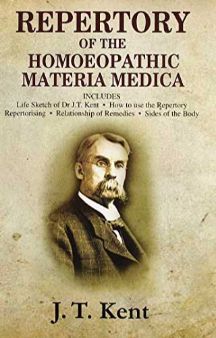
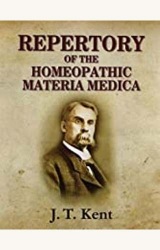

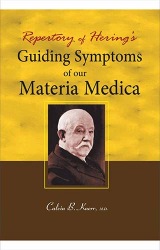
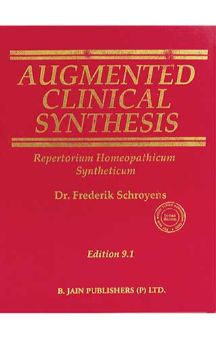
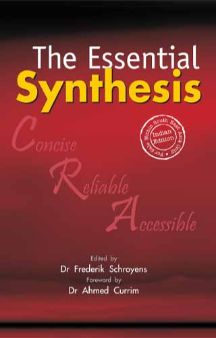

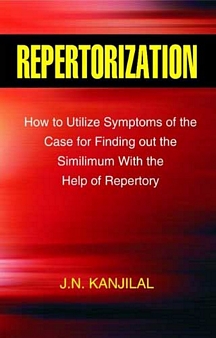
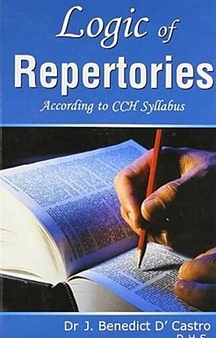
Vaishnavi
A good book with excellent examples for understanding
julie
Theory n practical knowledge both binded together...very very useful
Santanu Ghosh
It's really a good and detailing book about the fundamental of homeopathy and the diagnostic hierarchy of prescribing medicine.